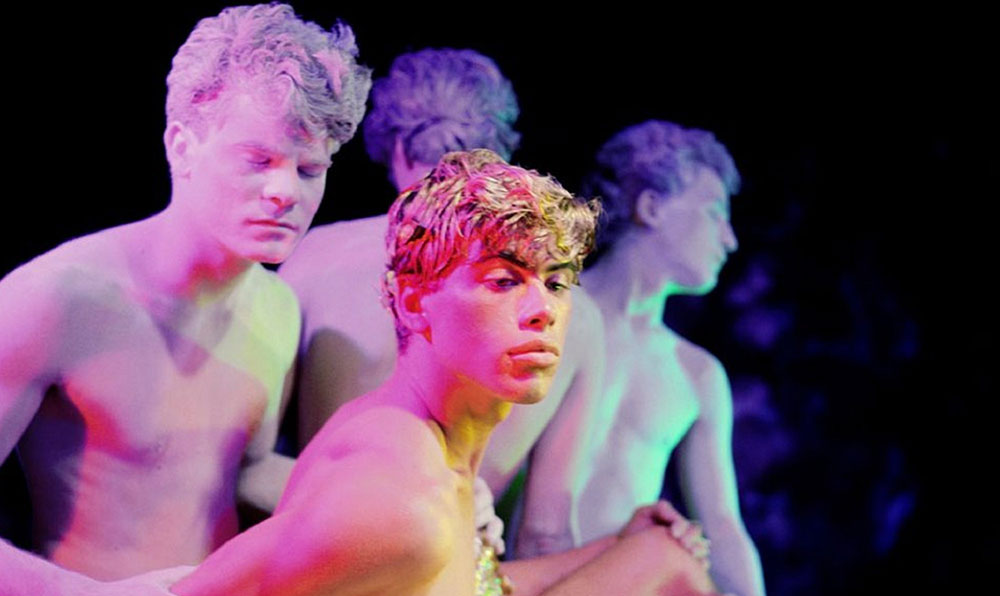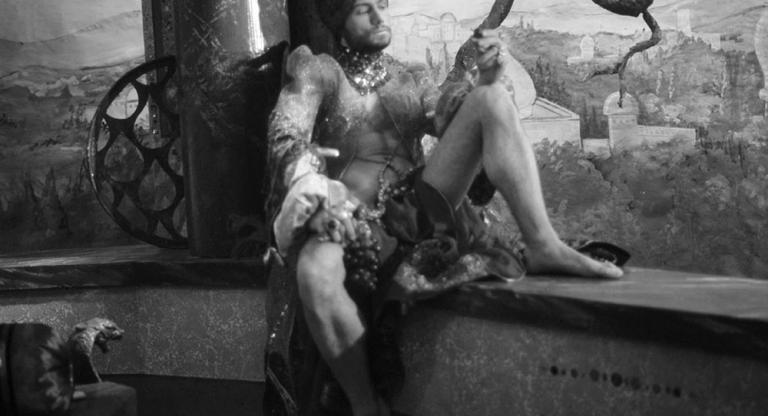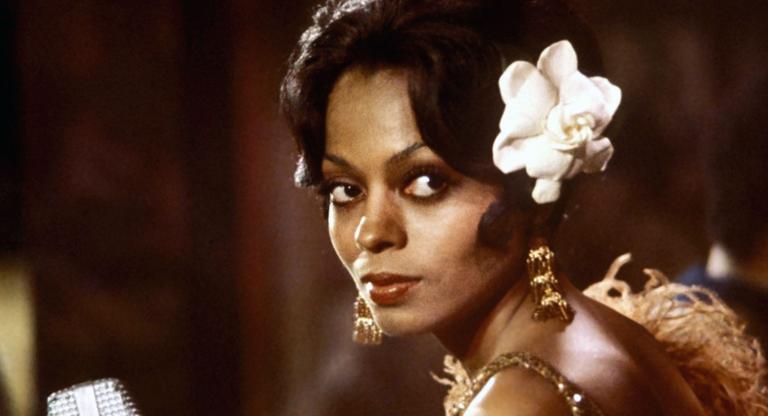Fifty years ago, Cosmopolitan interviewed a group of women about the pros and cons of sleeping with gay men. “They educated me,” said the Warhol superstar Cherry Vanilla. “I didn’t know what an avocado was until I started hanging around with homosexuals.” A painter named Sharon marveled over the fact that her gay crushes meticulously washed and dried their lettuce before tossing a salad. “Sometimes they used an entire roll of paper towels!” she explained. “There was a tremendous tension involved in transforming the everyday into the artistic.”
One wonders what became of Sharon: whether she settled down with a nice gay guy, how they prepped their produce, and if she ever came to agree with the clinical psychologist who told Cosmo that women who tried to seduce homosexuals were a “bad scene.” One wonders, too, if Sharon caught James Bidgood’s Pink Narcissus (1971) during its brief theatrical run at one of the so-called “homo houses.” Like the lettuce-washers who were his kin, Bidgood—a polymath who variously worked as a window-dresser, a drag queen, and a beefcake photographer—made a career of transfiguring the most unremarkable of raw materials. His sole completed feature film, Pink Narcissus, was shot intermittently from 1963 to 1970, mostly in his Hell’s Kitchen railroad apartment, with a makeshift cast of hustlers who’d been coaxed off the street. The sets were made out of papier-mâché and the tracking rigs incorporated bicycle chains. And yet the resulting footage is so opulent as to suggest an infinite number of gay men operating an infinite number of glitter guns. In fact, while the “plot” of Pink Narcissus—a call boy indulges in lurid daydreams—is softcore fare, Bidgood packs the frame with so much gratuitous beauty that it is impossible to categorize it as mere porn. A man is fellated by a stop-motion butterfly; white pearls spew out of a hard cock; a leather-clad biker caroms through a matador’s cape.
Released two years after the Stonewall riots, Pink Narcissus was a victim of the zeitgeist: The New York Times dinged it as "a fragile antique [from] that pre‐Gay‐Activist era when homosexuals hid in closets," and the critic Richard Dyer wrote that “the vapors of Pink Narcissus are mostly a potent argument for hard-core pornography.” Today it is entrenched in the queer canon, a talismanic work for the likes of Jeremy O. Harris, Ira Sachs, and John Waters. But to call the film influential is to misconstrue its power; it’s more like a cloud pregnant with fifty years of cumulative influence, a summation of everything about gay life that would soon be lost or repudiated. The sexual fantasies represented in Pink Narcissus—Arabian court intrigue, Roman slave play, pastoral sex—were not Bidgood’s own; he gathered them the way the Brothers Grimm collected folklore, with a zeal for comprehensiveness. “It’s definitely an expansive view,” Kelly McKaig, Bidgood’s longtime friend and the executor of his estate, explained to me in a recent phone conversation. “He had a very prescribed view of sex—what he liked, what he engaged in—and most of it is not in the film.” Like fairy tales, then, these were communal fantasies, perfected by many hands over time, and their arrangement in Pink Narcissus makes it an invaluable almanac of midcentury gay desire. This is what we wanted but almost never got, the film seems to say.
In the end, James Bidgood didn’t get what he wanted either. After Pink Narcissus, he spent half a century laboring over unproduced screenplays and musical scripts. Though he managed a few lucrative commercial and branding gigs, his final years were dogged by poverty and precarious health. He wore a hernia truss and, self-conscious about his dwindling teeth, declined offers to eat in public. The occasional retrospective or festival screening only seemed to emphasize his difficulties bringing new work into the world. “I have been getting back up on the horse for so many years,” he said in 2017. “I’ve gone through a dozen horses or more.” Bidgood’s great dream deferred was a lavish musical retelling of Snow White titled The Almost Magnificent Seven, with the dwarves swapped out for eldergays. “I will die with [its] songs on my lips,” he told a friend. (He died in 2022, of complications related to Covid-19; a GoFundMe campaign paid for his funeral.)
Like so many profligates and perfectionists who wind up in director jail, Bidgood was reduced to working in a single medium: the garrulous interview. It was a form at which he excelled, and his policy was maximalist: Why tell a journalist “I am currently single” when you could instead say, “I sleep on a twin mattress twice as old as you are, half of which is occupied by a six-foot plaster male store mannequin”? That distinctive voice is oddly absent from Pink Narcissus. The movie has no dialogue, making Bidgood, through some fluke of chronology, the last great silent filmmaker who failed to make the transition to talkies. The way he saw it, sex and conversation were incompatible. “Stand ups most often get stood up,” Bidgood once wrote in an advice column. “The less ‘personality’ the better.” His ideal was someone like Bobby Kendall, the star of Pink Narcissus and a perfectly languid cipher.
But Bidgood’s deification of Kendall is continually being troubled by humanizing little touches. In one shot, you can see a swath of acne on his brow; in another, Kendall picks his nose. (Bidgood later lamented not having saved the snot, feeling it would have sold well on the memorabilia market.) Similarly, for all of Bidgood’s gonzo resourcefulness, the sets never quite shake their railroad-apartment origins. A supposedly rain-battered phone booth looks to be standing just downstream of a bathroom shower head, and the painted backdrops occasionally quiver. The transfiguration of reality is incomplete in a way that calls to mind the early pages of Maurice Sendak’s Where the Wild Things Are, when jungle foliage has begun to encroach on Max’s bedroom but hasn’t yet supplanted it. The whole of Pink Narcissus lives in that liminal pocket: the end, or the beginning, of a dream.
Pink Narcissus screens Wednesday, June 25, at the Roxie as part of Frameline 49, and again on Monday, June 30, at the Alamo Drafthouse New Mission.
Previously:
Pink Narcissus screens this afternoon, April 20, and until April 30, at Metrograph. It will also screen from April 25 - May 1 at IFC Center.




